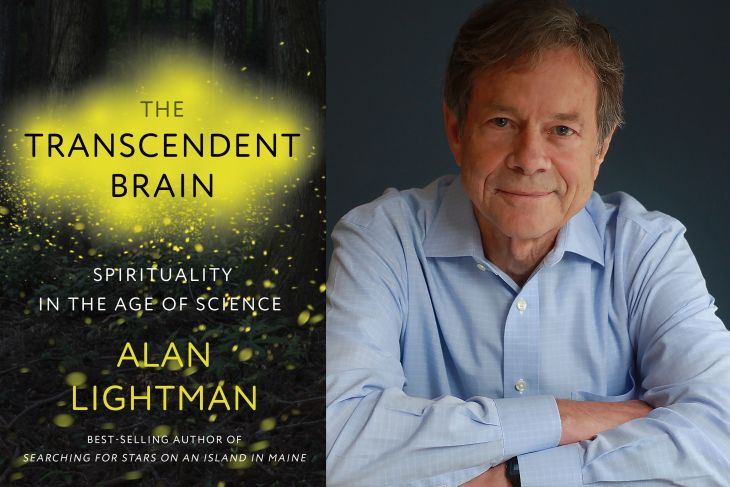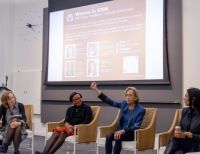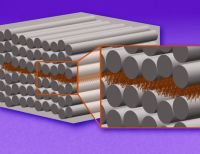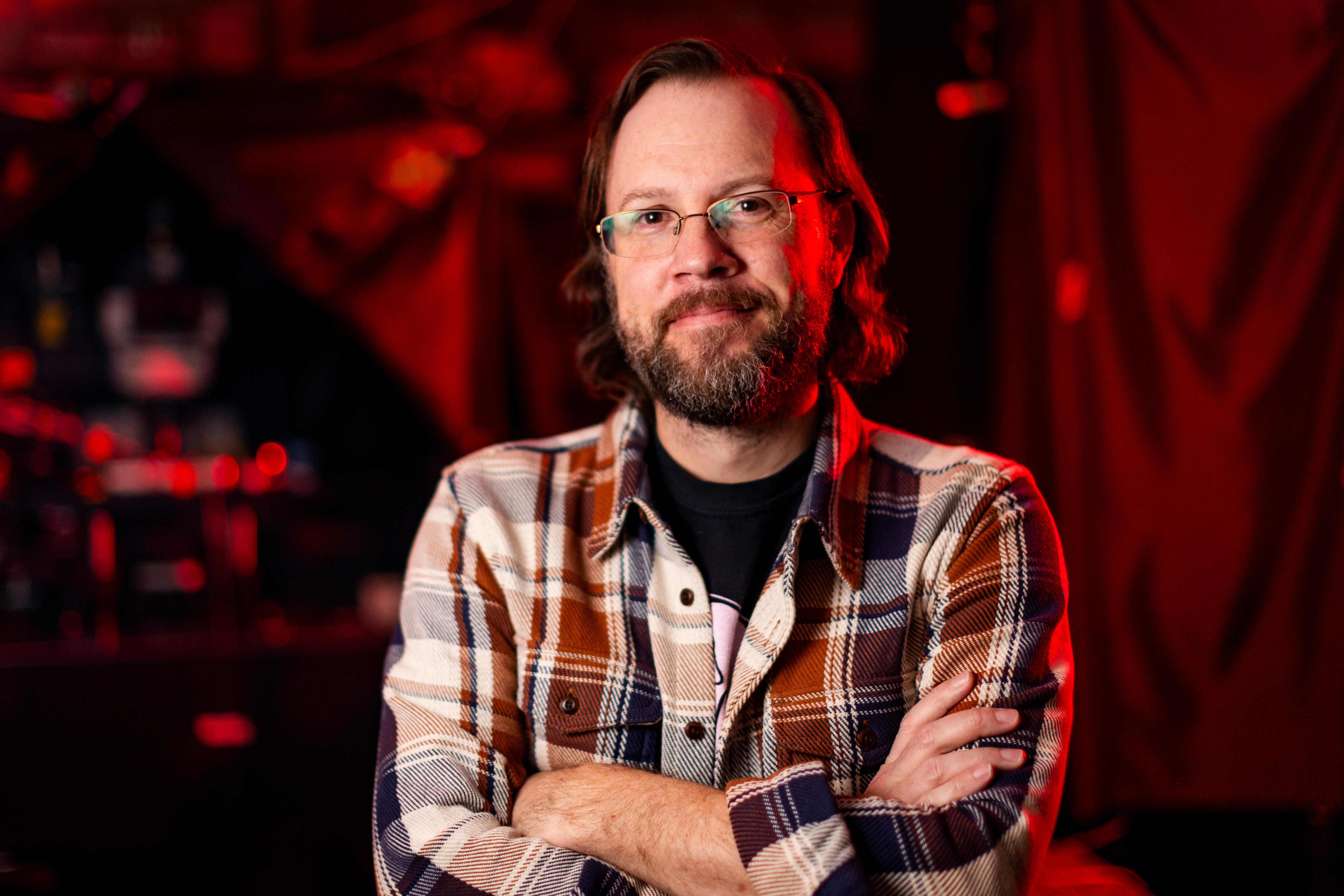Some puzzles are not readily solved. For instance: How can a bunch of atoms, when arranged a certain way, produce the thoughts and feelings of human consciousness?
A variation of this question is especially intriguing to MIT professor of the practice and author Alan Lightman. How do those same bits of matter produce not just consciousness but seemingly spiritual sensations — the moments when our thoughts and feelings seem to transcend our own selves?
“Even though we’re atoms and molecules, we are capable of extraordinary human experiences, like feeling part of nature, feeling connected to the cosmos, falling in love, appreciating beauty, having awe — and the fundamental human sensation, which is consciousness,” Lightman says. “All of us are capable of this, even though these experiences are rooted in a brain made out of material components.”
Lightman explores these matters in a new book, “The Transcendent Brain: Spirituality in the Age of Science,” published this week by Pantheon Press. He has also just hosted a three-part PBS series, “Searching: Our Quest for Meaning in the Age of Science,” which explores related themes. Additionally, MIT will host an April 12 event on the topic, featuring Lightman and a diverse panel of experts.
In the book, Lightman is not just asking how consciousness exists, but exploring the kind of worldview — his own — that has room for both spirituality and an acceptance of scientific explanations. Lightman calls this perspective “spiritual materialism” and considers it a logical outcome of taking both our sensations and our science seriously.
“I’m trying to give a scientific explanation of some of these amazing transcendent experiences that we have,” says Lightman, who is professor of the practice of humanities at MIT and a trained physicist who has written over 25 nonfiction books and novels.
It’s complicated
In “The Transcendent Brain,” Lightman defines spirituality broadly, not just with reference to formal religious doctrine, but including more free-form sensations of awe, transcendence, and oneness with nature and the cosmos.
Lightman also delves into the history of ideas related to spirituality and materialism, with a particular interest in unorthodox thinkers linking both together. Among those positing that an immortal soul exists, Lightman has an affinity for Moses Mendelssohn, an 18th century German intellectual who argued that, although the material world is the foundation of our experience, for life to have meaning there must be an aspect of us existing beyond our bodily parts.
Conversely the materialism of the Roman poet Lucretius was partly meant to speak to the spiritually inclined: He assured them their souls would not be eternally tortured after death. Rather, Lucretius suggested, because we are just made of atoms, upon death, people entirely cease to exist. Lucretius’ law-like thinking about the physical world, Lightman writes, means that “his reasoning, like that of Moses Mendelssohn nearly 2,000 years later, was thoroughly modern in its sensibility.”
The latter half of “The Transcendent Brain” drives toward a scientific account of how consciousness and spiritual impulses can exist, drawing from neuroscience and evolutionary biology. We can gain traction on the issue by regarding consciousness, as many researchers do, as a capacity for awareness and perception. Therefore, Lightman notes, consciousness is not an all-or-nothing matter; it has gradations. Behaviorally, humans show more awareness — and thus a more sophisticated form of consciousness — than crows, who in turn display more awareness than rats, and so on, down to some single-celled and rather distant cousins.
Lab research complements behavioral studies, by indicating how creatures with seemingly more sophisticated consciousness have vastly more brainpower, too. Humans have about 100 billion neurons, or brain cells, each of which is connected to about 1,000 other neurons; thus our brains have roughly 100 trillion synapses, or connections between neurons. Only the African elephant and some whales have more neurons; by contrast, mice only have about 71 million neurons, and ants roughly 250,000.
“We’re complicated things,” Lightman says. “The human brain is one of the most complicated objects in the universe. We don’t know of anything that’s more complex.”
It doesn’t seem a stretch, then, to recognize that consciousness is part of our shared evolutionary development, with humans happening to have accrued the greatest capacity for cognitive reflection. But still: How did that occur at all?
Emergence alert
To address this, Lightman ultimately turns to the concept of “emergence,” an idea often attributed to British philosopher John Stuart Mill, and revived in recent decades. Emergence is, Lightman writes, “collective behavior of a complex system with many parts that is not apparent and often not predictable by understanding the individual parts.”
For Mill, water was an example, as something other than a pile of hydrogen and oxygen atoms. Another example: It is not obvious that the component parts of proteins would ever combine and shape themselves to have functional power, but they do.
For Lightman, then, grasping how consciousness developed leans on the concept of emergence to explain how the evolutionary development of awareness produced something beyond mere sensory perception. Eventually, given more sophisticated neuronal networks, our brains acquired the capacity for the consciousness we observe in ourselves — including learning, communication, social activity, planning for the future, a capacity of abstraction, a sense of the past, and much more.
In turn, the broad sense of spirituality that so fascinates Lightman may well reflect our evolution, too. Having an awareness of others, or of nature, and wanting to feel part of something larger than ourselves — these impulses have been with us since a time when they were more immediately useful, he suggests.
“Most people feel a strong connection to the people around them or nature,” Lightman observes. “I think those feelings of connection have an evolutionary basis. They have a survival benefit [dating back] from millions of years ago.”
And this is how, ultimately, Lightman places himself in the camp of “spiritual materialism,” and regards it as a viable outlook. For Lightman, there are material underpinnings to our capacity for spirituality. Which does not make the existance of consciouness any less wondrous, but may make it a little less mysterious. At least for now — as Lightman notes, his own particular conclusions on the topic may shift as empirical research keeps moving forward.
“I’m still a learner,” Lightman says. “I consider myself a lifelong learner, and one of the pleasures of life is learning new things.”














